Casio Exilim EX-F1 Review
Casio Exilim EX-F1
Casio's first full-sized super-zoom camera is something a bit special
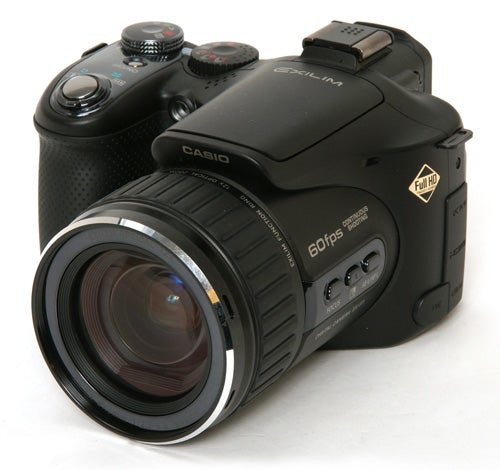
Verdict
Key Specifications
- Review Price: £650.00
Over the ten years that I’ve been using and reviewing them I’ve handled hundreds of different digital cameras, ranging from the cheapest budget compacts to professional studio cameras costing tens of thousands of pounds. I’ve seen sensor resolutions climb from a quarter of a megapixel to over twelve megapixels, I’ve seen zoom lenses of all shapes and sizes, I’ve seen attack ships on fire off the shoulder of…oh, wait, wrong movie. The point is though, that I’ve seen every kind of feature, option, gadget and gimmick there is, and I’m perhaps just a little bit jaded. These days it seems that every camera that comes along has virtually identical features to every other camera. One manufacturer goes to twelve megapixels and everyone else follows suit. Another adds face detection, and within three months every new model has it. Smile detection? Same story. So it’s a very rare and special thing when a manufacturer breaks the mould and produces a camera that actually surprises me. Casio has managed to do it though. When every other manufacturer is producing endless streams of near-identical cameras, Casio has produced something quite different; its first full-sized super-zoom camera, the Exilim EX-F1.
If you just look at the basic specifications, the EX-F1 doesn’t sound that impressive. It’s a six-megapixel SLR-style camera with a 12x optical zoom lens, equivalent to 36-432mm. There are plenty of cameras around with more than twice the sensor resolution, and many super-zoom cameras with much longer zoom range. However the EX-F1 has capabilities unlike any other camera on the market. It has a newly-developed ultra-high-speed CMOS sensor and LSI image processor and other speed enhancements giving it the ability to shoot full-resolution 2816 x 2112 pixel stills at an astonishing 60 frames a second with a maximum shutter speed of 1/40,000th of a second, shoot continuously with flash at seven frames a second, or to shoot video at an equally amazing 1,200 frames per second, allowing slow-motion shooting at up to 40x reduced speed. As well as this it can shoot video at full 1080P HD quality (1920 x 1080 resolution at 60 fields per second) with stereo sound and full use of the optical zoom. In many ways, the EX-F1 is a hybrid video/still camera. If it’s a success, it may also be the first of an entirely new generation of digital cameras. Casio is definitely hoping so.
The EX-F1 is certainly an impressive-looking camera. It is larger than most current super-zoom models, measuring 127.7 x 79.6 x 130.1mm, nearly the size of the Fuji S100FS. Weighing 671g minus its very large 1950mAh Li-ion battery it is also quite a bit heavier than average. The general shape of the camera is the conventional SLR-style, with a large and very comfortable handgrip with a textured non-slip rubber coating and a sculpted shape on the back panel providing a secure thumb grip. The body is mostly plastic but the overall build quality is excellent, and there are some nice design touches. The top of the camera is very low and flat, and the flash housing only protrudes about 10mm above the top of the lens, but it is also very long, which enables the flash to be raised well above the lens. The flash housing also carries a powerful white LED lamp for video shooting.
Given the EX-F1’s unusual capabilities, naturally its controls are somewhat different to those of a conventional camera, and are more complex than usual. The top panel carries two mode dials, one for the main shooting modes (PASM and Best Shot modes) and the other for the various high-speed shooting options. On the back, positioned for thumb activation, is an extra button for video recording, with a rotary selector for the three video modes; standard, HD or high-speed (slow-motion) video. The rest of the rear panel controls are more conventional, with record and playback mode buttons, display mode, menu and one to select between the monitor and electronic viewfinder. There are three more buttons on the left side of the lens barrel, for quick focusing, automatic backlight compensation and AE/AF lock, although it has to be said that this is not an ideal location for them. The function of the AE/AF lock button can be customised in the menu, as can the function of the rotary lens barrel. The only other unusual control is a rotary bezel around the D-pad, which is used to adjust manual exposure settings.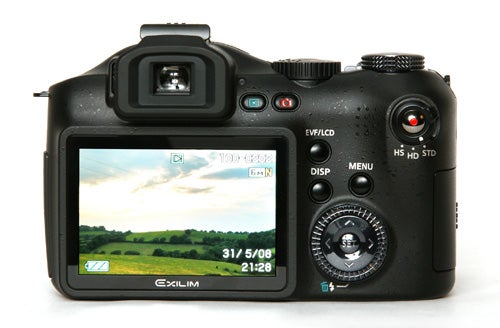
Although the controls are a bit complicated they are sensibly laid out and well labelled, and after a couple of days of familiarisation they are quite easy to use. The menu system is also well designed, and despite the large number of options and settings it is easy to understand and navigate.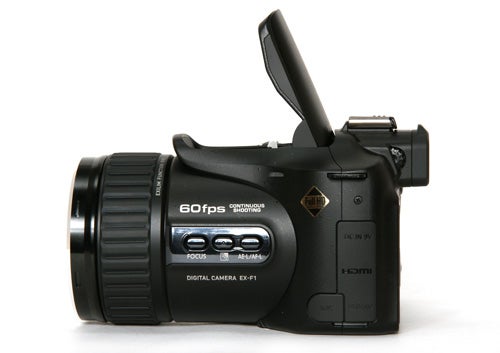
The LCD monitor is a 2.8-inch wide-screen with a resolution of 230k dots and an extremely wide viewing angle. It is bright enough to use in daylight, but the EX-F1 also has a 0.2-inch 200k dot electronic viewfinder. I have to say I wasn’t particularly impressed by the viewfinder; it seemed too dark and the small size of the screen made manual focusing difficult.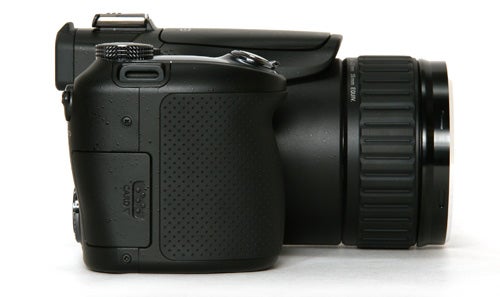
The unique features of the EX-F1 take some getting used to. Taking photos with most digital cameras isn’t much different from the way that photos are taken with a film camera. You press the shutter button and snap an instant of frozen time, and just hope that you captured the instant you were intending to. Shooting with the EX-F1 is different. Instead of the click of a single frame, the camera buzzes briefly and captures up to two seconds of action in a rapid sequence of stills, including the option to pre-capture action before the shutter is pressed. You then have the option to save the whole sequence, or you can scroll through it to save just the moment you wanted. Say you’re taking a photo of someone kicking a football, and you want the exact moment their foot strikes the ball. With a conventional camera you have to rely on luck and timing, and probably multiple tries to get the perfect shot. With the EX-F1 you just shoot, and then select the perfect shot afterwards. It makes action photography almost too easy.
One downside to the mass of powerful electronics and software powering the EX-F1 is that, like a computer, it takes a long time to start up, in fact just over four seconds. Fortunately the other aspects of the camera’s performance match its shooting speed. The autofocus system is as fast as in most Casio cameras, which is to say very fast indeed, and its low-light capabilities are also good. The camera focuses quickly and reliably in a dimly-lit room, and thanks its bright green AF assist lamp it can focus in darkness at a range of at least three metres. Naturally the single-shot mode performance is impressively quick, maintaining well over a frame a second with focusing between shots.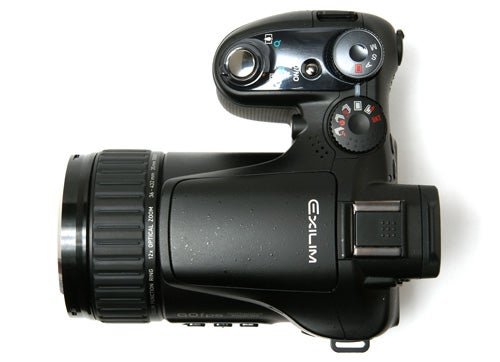
One concern with such a strange camera is its image quality, especially considering its relatively low resolution. However it wasn’t so long ago that most professional DSLRs were only six megapixels, and it is certainly big enough for decent sized prints. The EX-F1 has a RAW mode to get the best out of its sensor, although this is of course not available in high-speed mode.
The lens performs extremely well, and there is virtually no barrel distortion in JPEG shots, although comparing RAW shots indicates that there is some cheating going on. The camera removes some barrel distortion during processing, which could be a problem if you shoot in Raw at wide angle. The distortion isn’t great, and can be ignored on many subjects.
Rather more worrying is the camera’s high-ISO noise. Shots as low as 400 ISO show a great deal of image noise, and the 1600 ISO maximum id very bad indeed. Other than that however, the image quality was very good, with excellent dynamic range, good exposure and colour rendition and plenty of fine detail.
So far then the EX-F1 is looking very interesting, however there is one major drawback. It currently costs £650, considerably more than a good entry-level DSLR with a couple of lenses. For all its unique abilities, can it really survive at such a high price?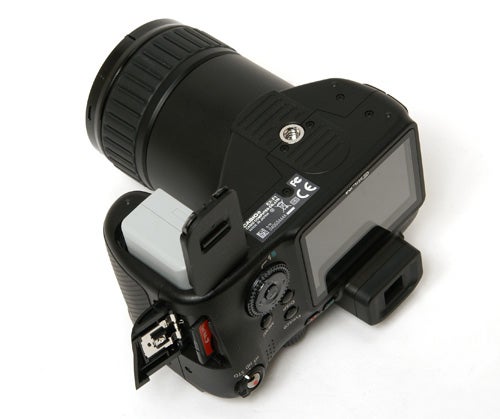
”’Verdict”’
The Casio Exilim EX-F1 is a unique camera, and one which may herald a new generation of hybrid still/video cameras. It has several unique abilities which some users will find extremely useful, however it also has some problems. Its still image quality, while good, is no match for the best of the current high spec super-zooms, and its alarmingly high price will also discourage potential buyers. It’s a brave attempt by Casio to break the status quo of the current digital camera market, but one I fear that may not succeed.
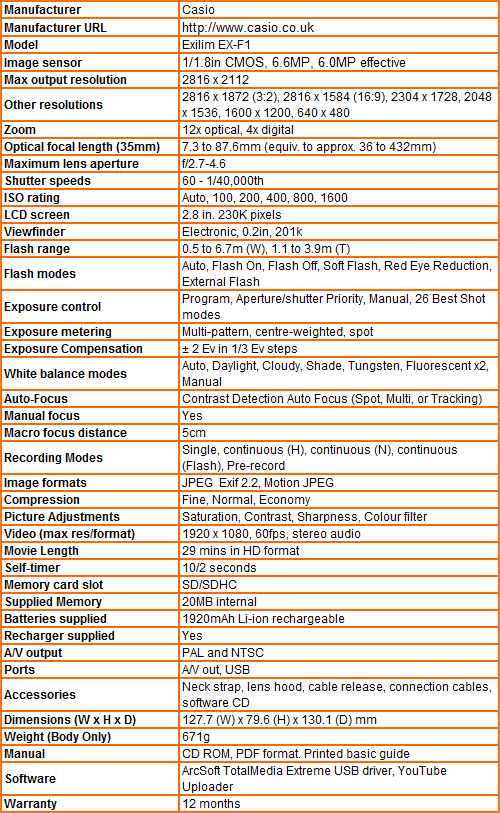
”A range of test shots are shown over the next few pages. Here, the full size images at the minimum and maximum ISO settings have been reduced for bandwidth purposes to let you see the full image, and a series of crops taken from original full resolution images at a range of ISO settings have been included in order for you to gain an appreciation of the overall quality.”
—-
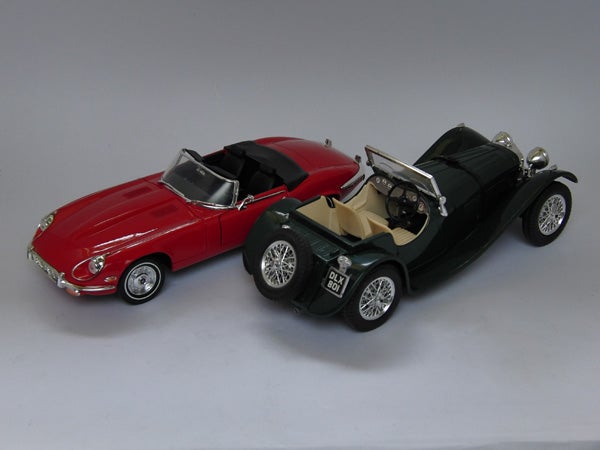
This is the full frame at the minimum ISO setting.
—-
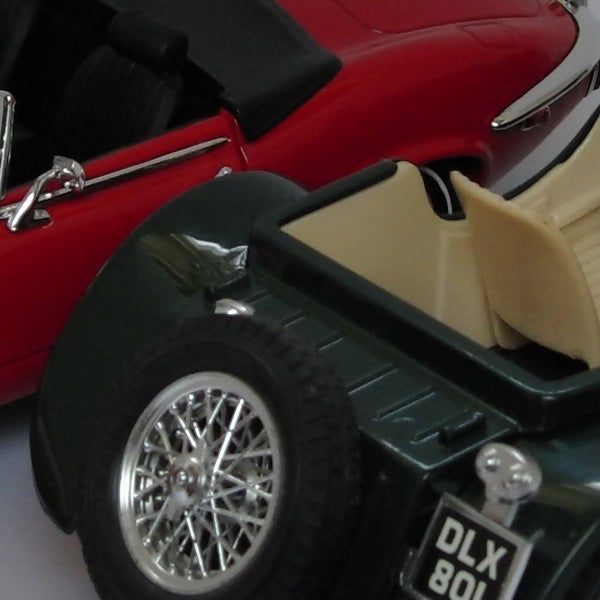
At 100 ISO the image quality is very good, with good sharp detail and no noise.
—-
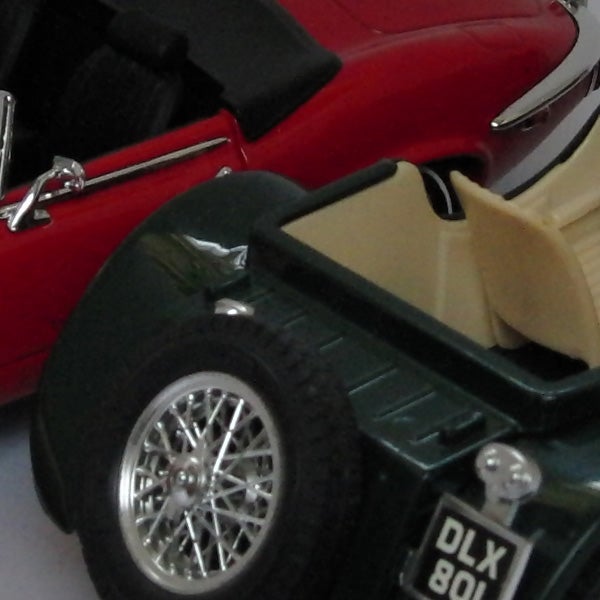
At 200 ISO there is already some image noise visible.
—-
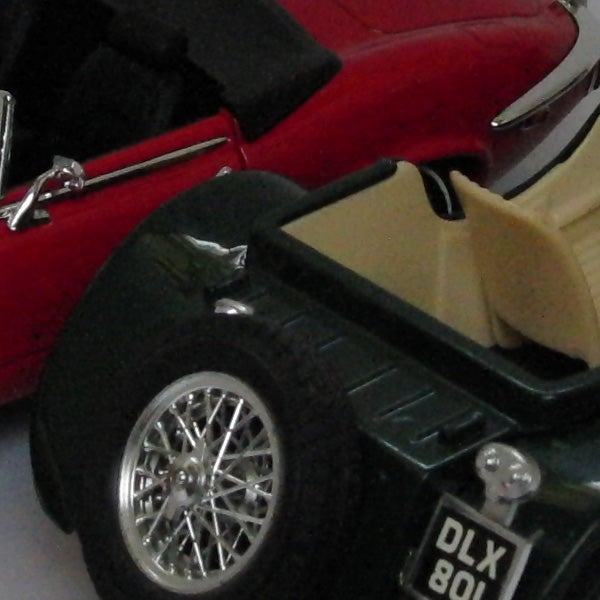
Lots of noise in the darker areas at 400 ISO.
—-
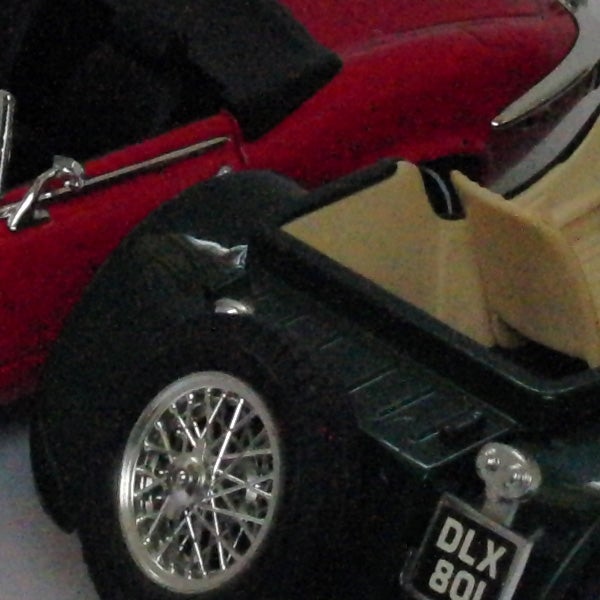
At 800 ISO there are random blues patches and a lot of image noise.
—-
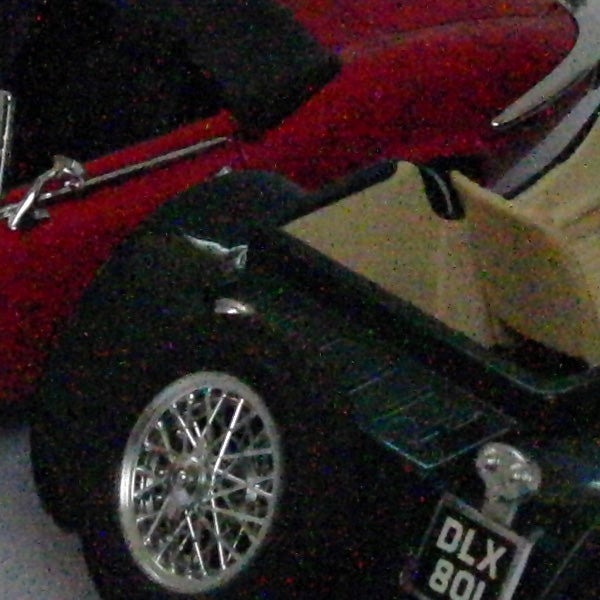
Extremely poor image quality at the maximum 1600 ISO.
—-
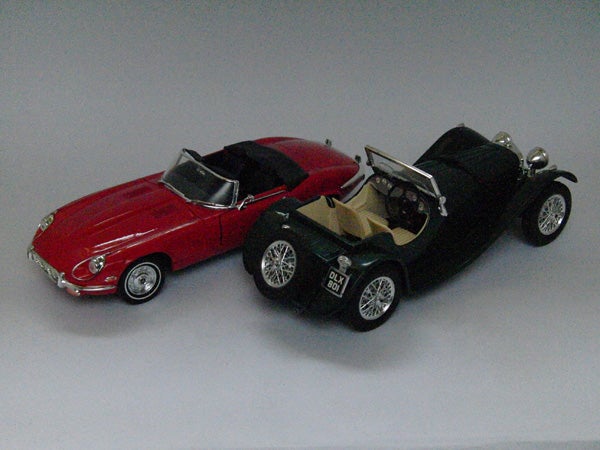
This is the full frame at maximum ISO.
—-
”A range of general test shots are shown over the next two pages. In some cases, the full size image has been reduced for bandwidth purposes, and a crop taken from the original full resolution image has been placed below it to show the overall image quality. Some other pictures may be clicked to view the original full-size image.”
—-
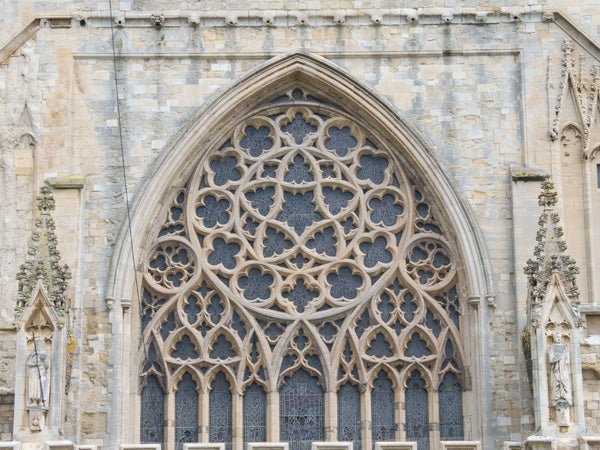
Here’s the usual detail test shot of the West Window of Exeter Cathedral, for you to compare with other cameras. See below for a full res crop, or click to see the whole picture.
—-
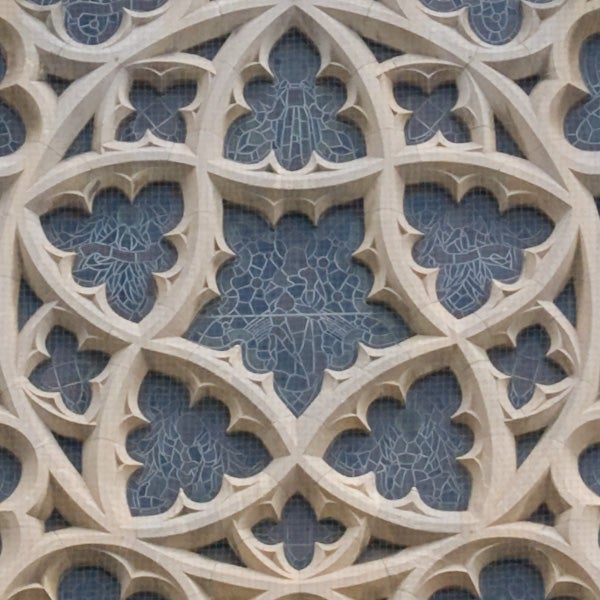
The level of detail isn’t bad for a 6MP camera.
—-
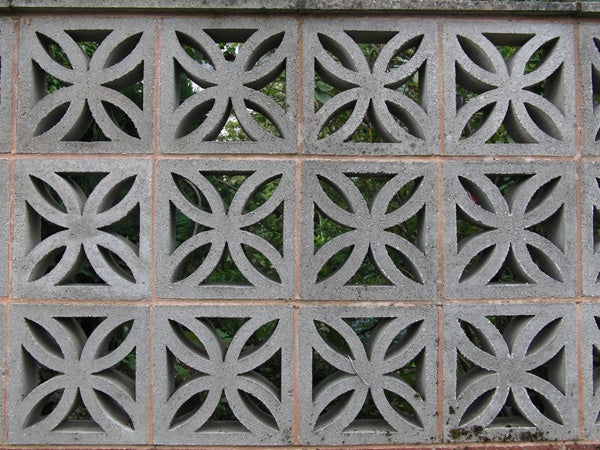
Some lens distortion has been removed by in-camera processing, and the result is a nice flat image.
—-
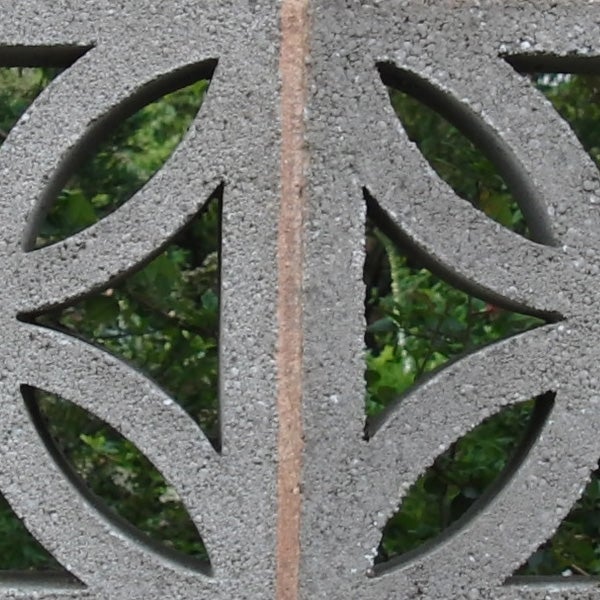
Centre sharpness is excellent.
—-
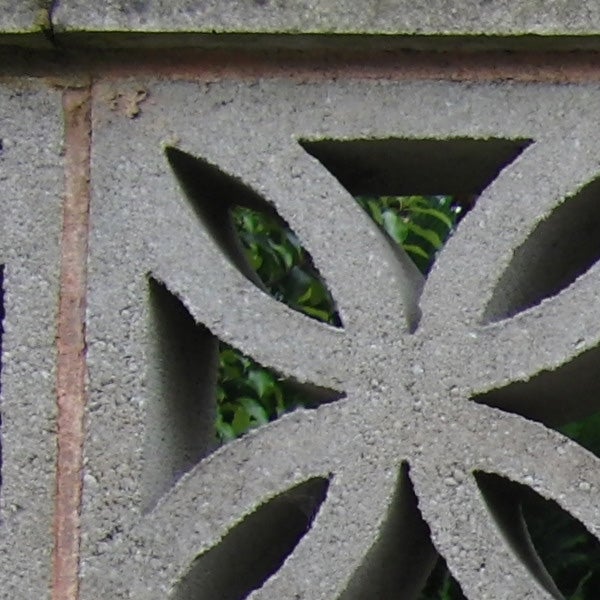
Still sharp right out the edge of the frame.
—-
”Here are some general test shots to help evaluate the camera’s overall image quality, including the zoom range of the lens. Some pictures may be clicked to download the full size original image.”
—-
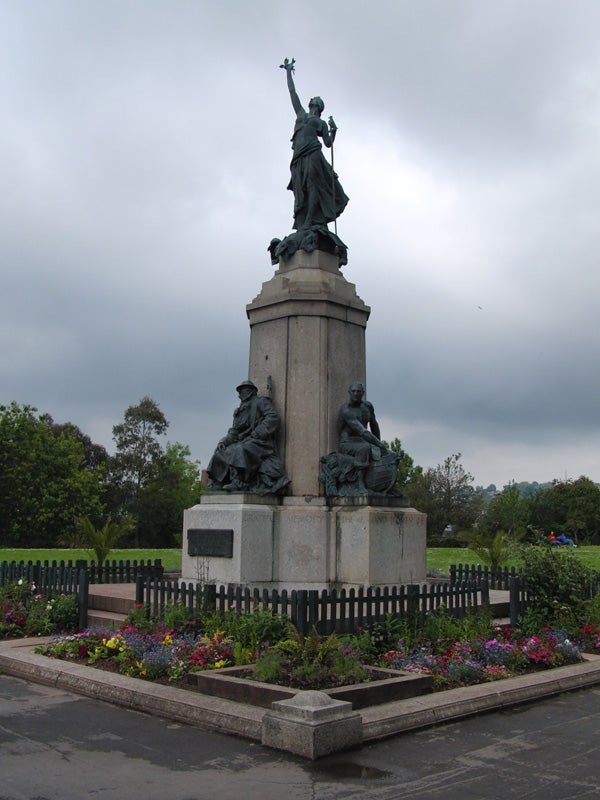
The wide angle end of the zoom is equivalent to 36mm.
—-

The telephoto end of the 12x zoom is equivalent to 432mm.
—-
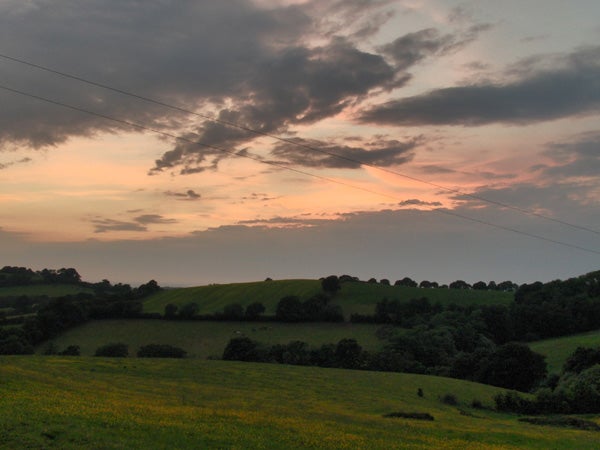
Colour rendition and exposure are very accurate.
—-

There’s plenty of detail even in highly saturated colours.
—-

Dynamic range is far better than some cameras with high resolutions.
—-
”The Exilim EX-F1 has the ability to shoot at an amazing 60 frames a second, which can be used to capture high-speed action in perfect detail. Here’s an example. I used and air pistol to shoot a balloon filled with water. The following shots are ten frames taken from the 120 shots the camera recorded in two seconds.”
—-
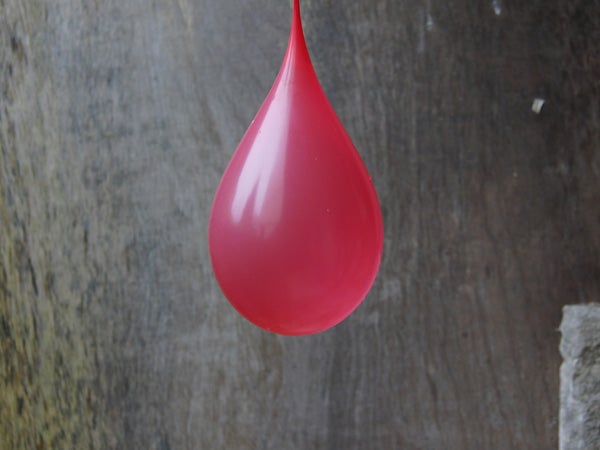
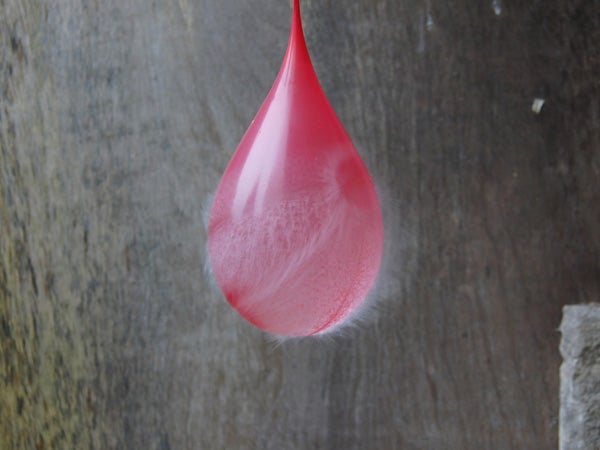
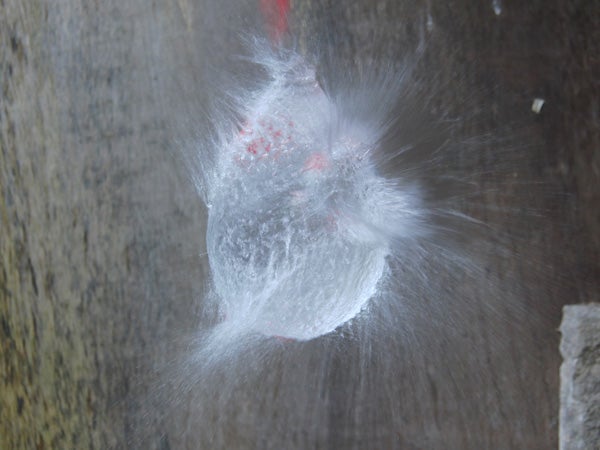
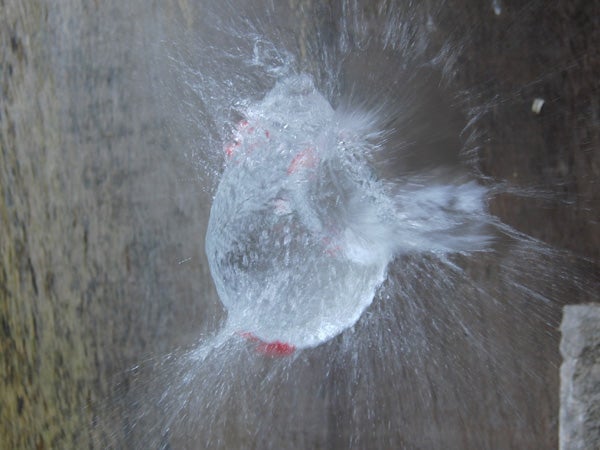
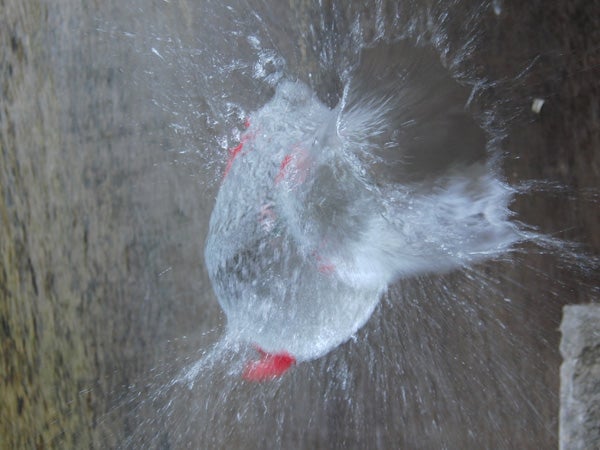
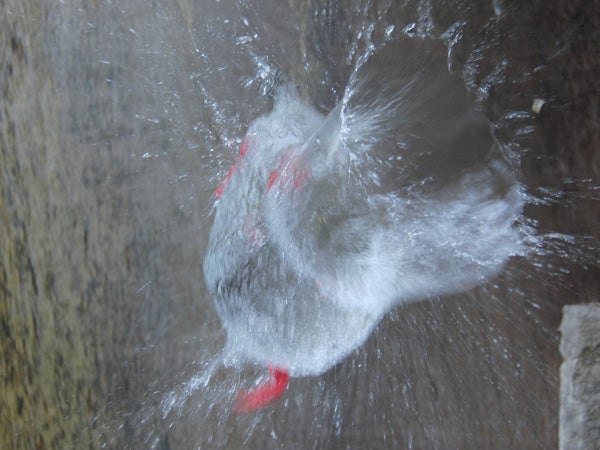
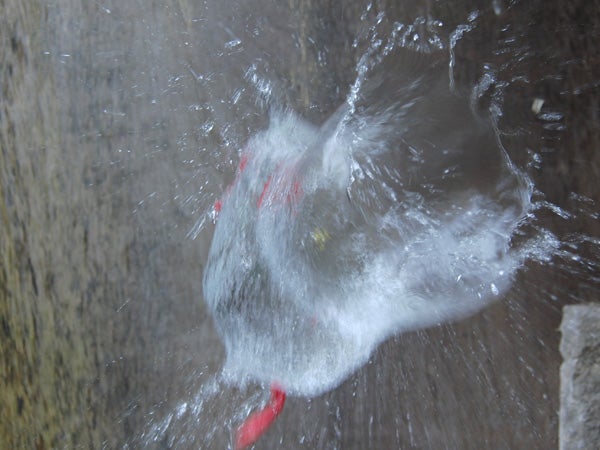
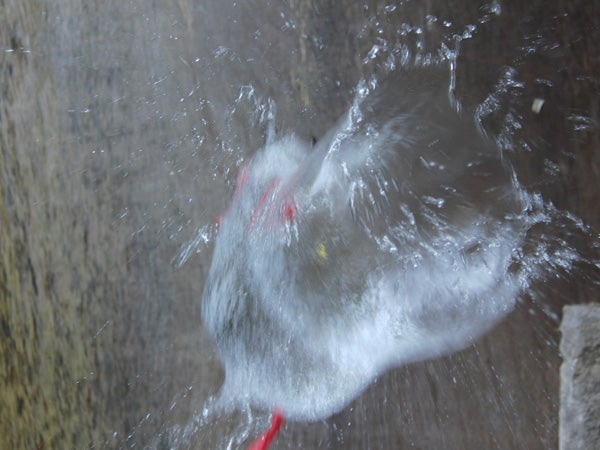
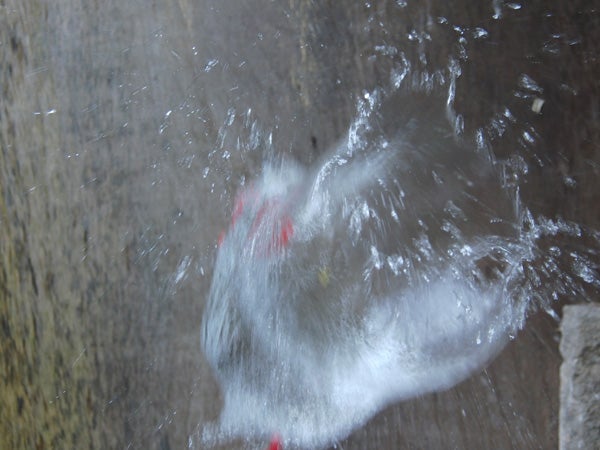
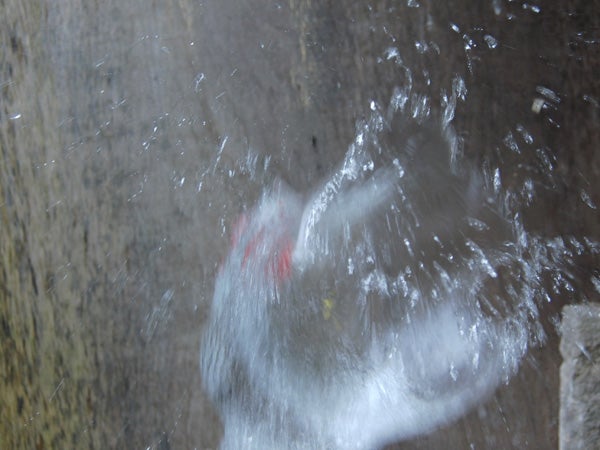
—-
Trusted Score
Score in detail
-
Value 5
-
Image Quality 7
-
Build Quality 9
Features
| Camera type | Super Zoom |
| Megapixels (Megapixel) | 6 Megapixel |
| Optical Zoom (Times) | 12x |
| Image Sensor | CMOS |
| Image Stabilisation | Optical |
| LCD Monitor | 2.8 in |
| Flash modes | Auto Flash, Flash OFF, Flash ON, Red-eye Reduction |
| Video (max res/format) | 1920 x 1080 |
| Memory card slot | Secure Digital (SD) Card, Secure Digital High Capacity (SDHC) Card, MultiMediaCard (MMC), MMCplus |

